![]()
Hirox, a leading provider of 3D digital microscope technology, has painstakingly created the world’s largest 3D scan, a super-detailed 108-gigapixel scan of Johannes Vermeer’s iconic painting, “Girl with a Pearl Earring.”
The new 108-billion-pixel scan builds upon a previous Hirox project where the same team created a 10-billion-pixel scan of the same Vermeer masterpiece. However, this time, the team has taken everything up a notch.
The scan is now in three dimensions, which enables the capture of every precise brush stroke of the famed Dutch Baroque-period painter who died at just 43 years old in 1675. Beyond this considerable improvement — adding the Z axis to the equation — the new data is also much richer, having been scanned using the Hirox HRX-01 at 90x. The team says the resolution is 1.3 microns per pixel, which is remarkable.
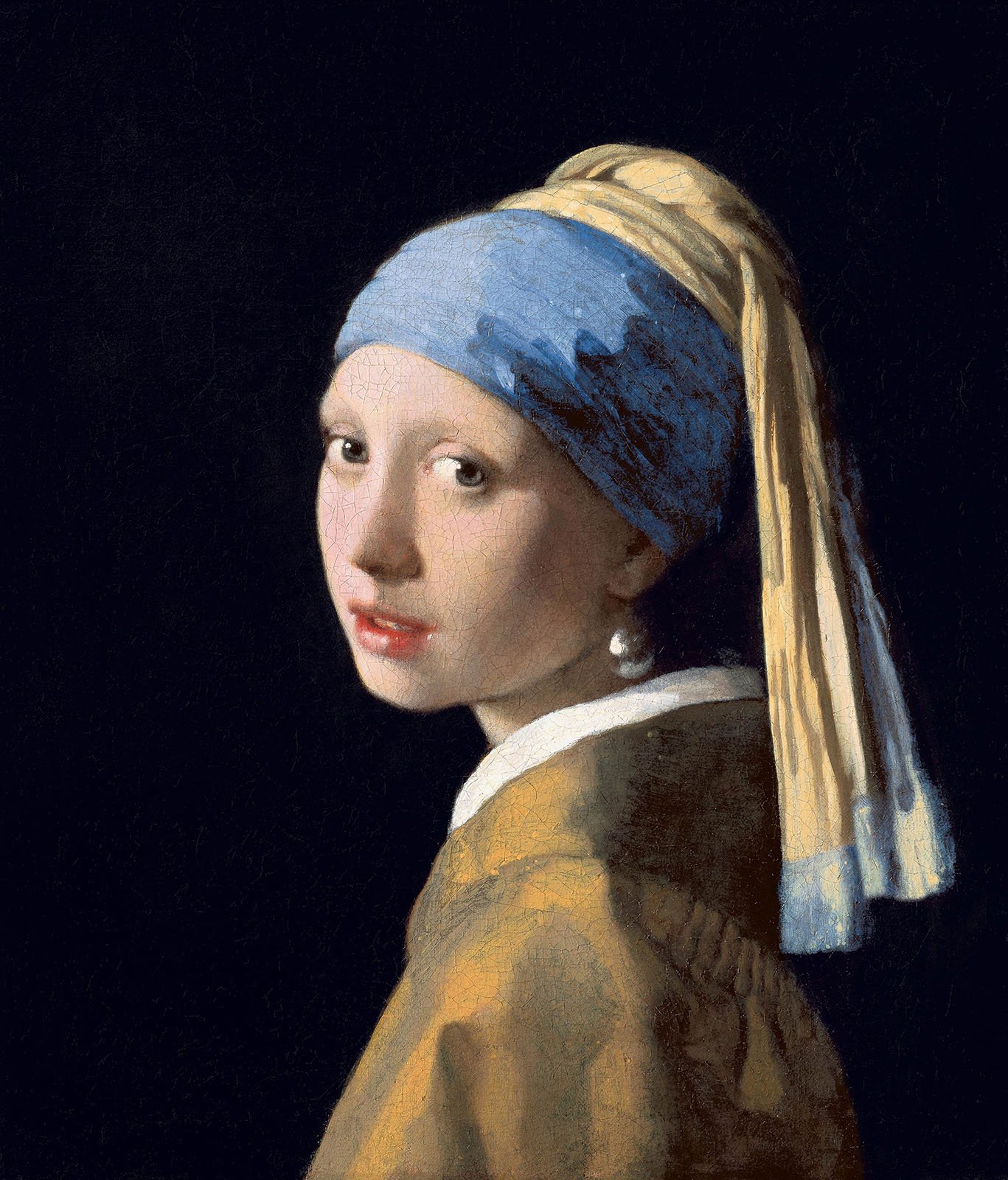
“The new Hirox model, called HRX-01, was launched with a new telecentric motorized lens with three objectives: 10x, 30x, and 90x. The previous scan was made at 35x, which gave a very nice image but the depth of field at this magnification was too large to collect accurate depth information for a painting that is relatively flat. Our 3D technology is based on depth of field; the smaller the depth of field, the better the 3D data as we combine multiple images at various heights to create an all-in-focus image which also contains the height information for each pixel,” Hirox Europe Manager Emilien Leonhardt tells PetaPixel over email.
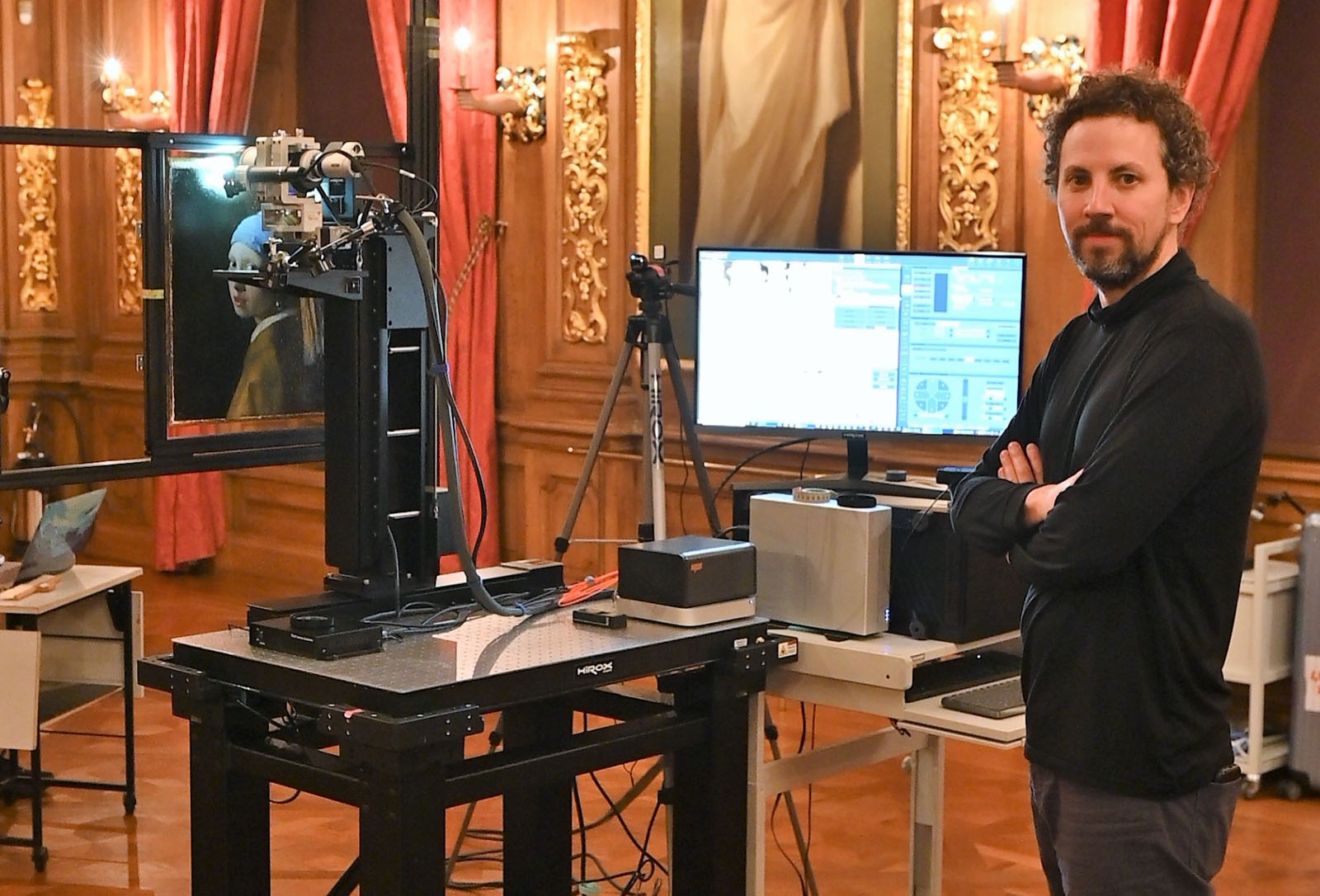
“By using the Hirox 90x telecentric objective, we were able to collect accurate depth information as well as true colors. The new model also has faster image acquisition and higher camera resolution, which also helped a lot,” Leonhardt adds.
![]()
He explains that the team could have done the scan at even higher magnification, such as 140x, 350x, or perhaps even higher, but the scanning time would have been much longer. Leonhardt needed 88 consecutive hours with the painting to complete the scan, which comprised almost all the available time. A higher magnification scan could have taken “more than a week.”
“90x was a very good compromise between image quality, depth accuracy, and speed,” he says. “It’s important to keep in mind that access to such a prestigious masterpiece is very rare and valuable, as the logistics around such scans are very difficult. I’m very thankful to Abbie Vandivere at the Mauritshuis, where the ‘Girl with a Pearl Earring’ is located, who gave me access — again — to this painting!”
![]()
Leonhardt notes that because the magnification is higher than before — 90x versus 35x — it also means that the depth of field is much narrower, so he had to capture more images to create the focus stacks necessary to scan the entire painting. The 2018 scan of the artwork required 9,100 positions, while the new scan was captured at 41,106 positions.
![]()
Considering that the scan required 88 hours of continuous work, carefully automated with precise programming and calibration — PetaPixel asked Leonhardt about the necessary lighting. Any color or intensity inconsistency issues would make the arduous stacking and stitching process even more challenging.
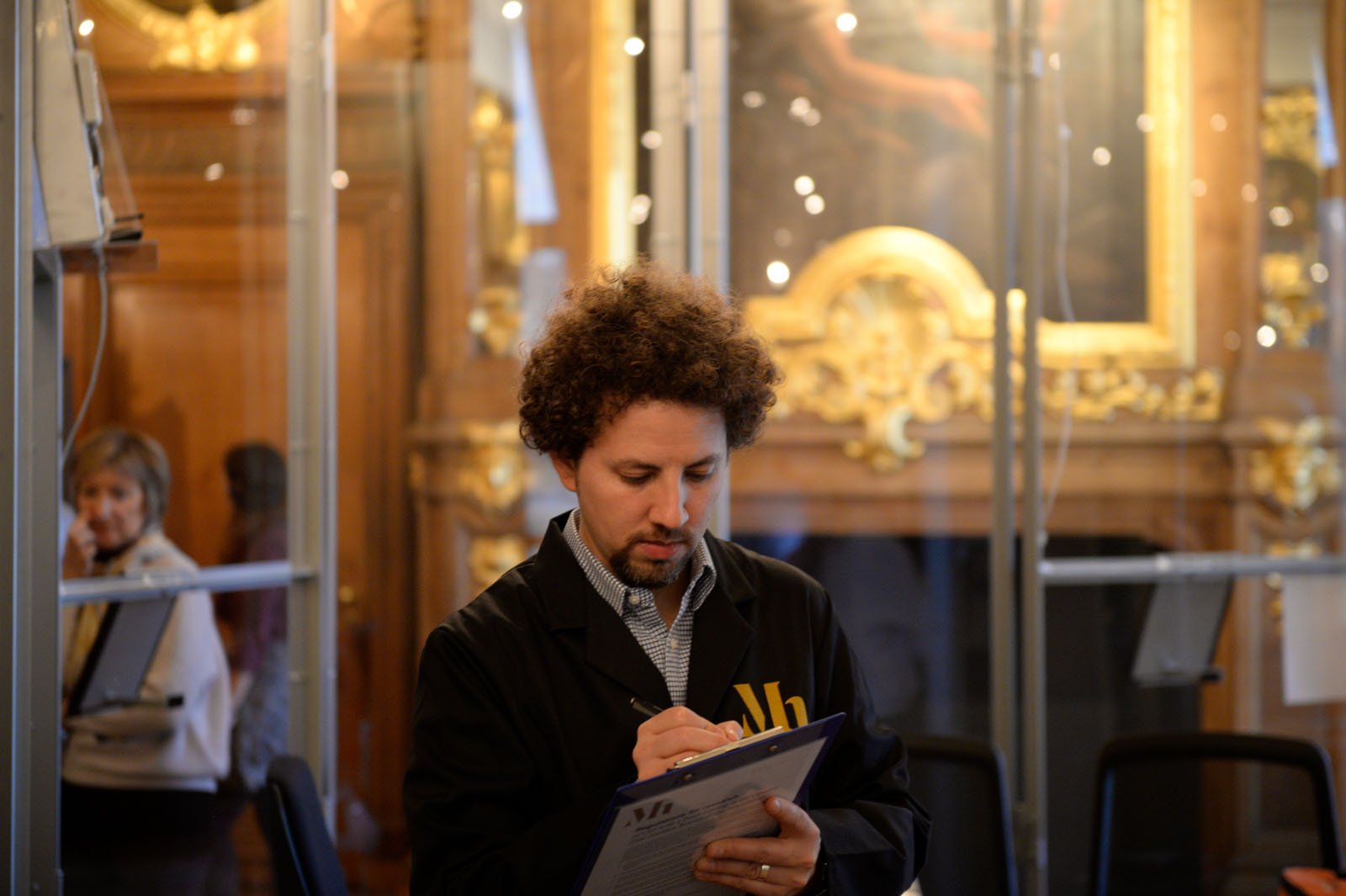
“The HRX-01 has a built-in high-intensity LED light source that carries the light through a light guide up to the ring light integrated into the HR-1020E telecentric lens,” Leonhardt answers. “This LED is very stable and offers very good repeatability and color spectrum. In order to reduce reflections from the varnish covering the painting, I used a cross-polarization filter (one filter for the camera and one for the light).”
![]()
With a priceless work of art like Vermeer’s “Girl with a Pearl Earring,” every part of the scanning process must be extremely precise, especially given that there are high-intensity lights and a lot of equipment. The working distance for the new scan was just under two inches (5cm), which sounds very close but meant that the light was less concentrated on the painting’s surface than it might otherwise have been for other use cases for the HRX-01.
![]()
“The LED we used is a cold light source, so no heat was generated at the surface, and as we only stayed around seven seconds at each position, there was no damage from the lighting,” Leonhardt adds.
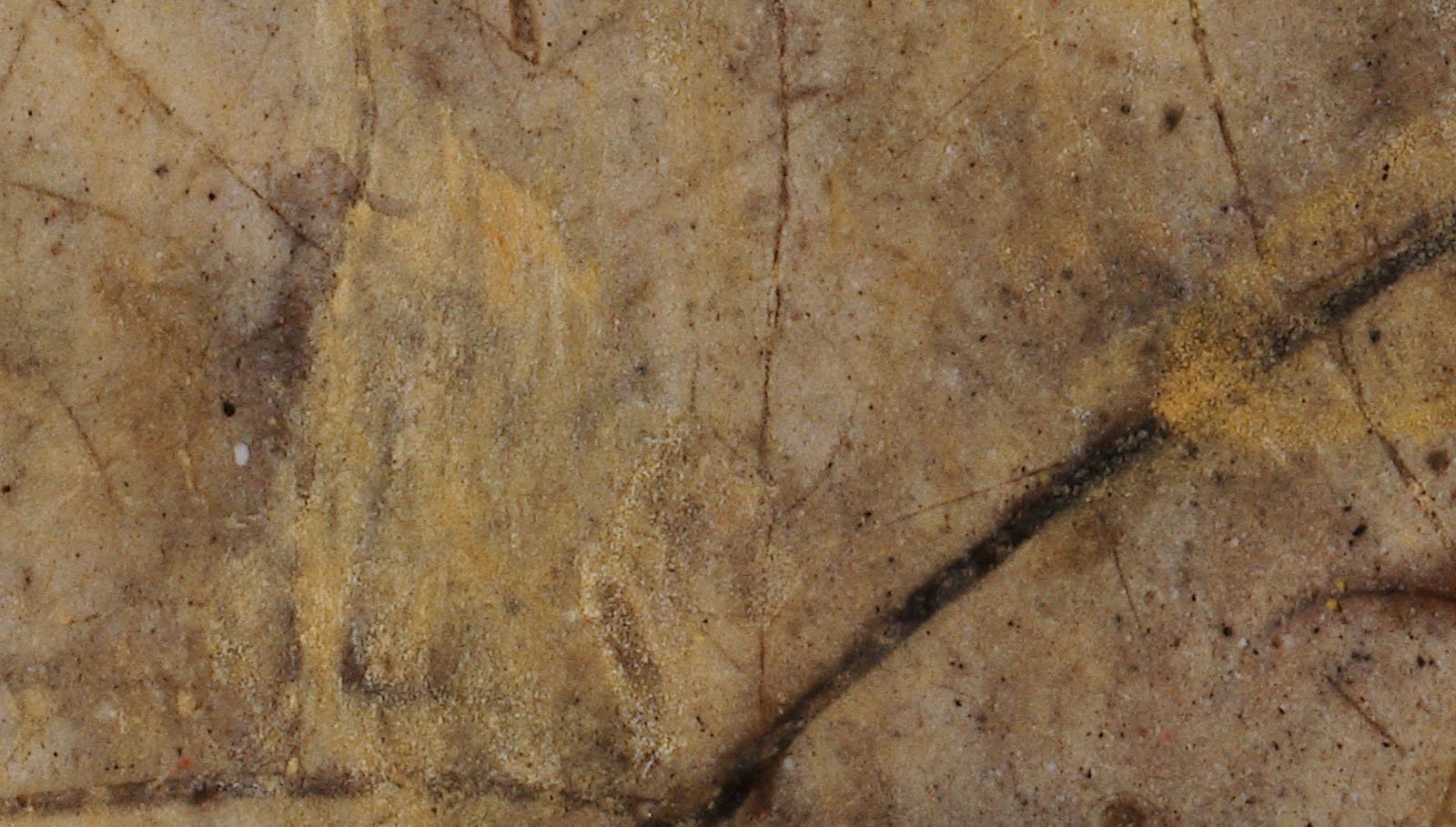
While the 108-gigapixel scan is the highlight, Hirox is no stranger to microscopic scanning of artwork and other cultural heritage items. “Our systems are used by many museums worldwide such as the MET in NY, the Louvre in Paris, the Tate or the V&A in London, the Rijksmuseum or the Van Gogh Museum in Amsterdam, the Munch Museum in Oslo to name a few,” Leonhardt says. He has personally been able to inspect multiple masterpieces, including by renowned artists like Picasso, Rembrandt, Van Gogh, Munch, Warhol, Rothko, “and many others.”
![]()
![]()
Leonhardt tells PetaPixel he is planning to scan Munch’s famous “Scream” at the Munch Museum in Norway next year. He and the rest of the team will create a gigapixel similar to the one of Vermeer’s work. Hirox is also in talks with several Italian museums to inspect paintings by Michelangelo and da Vinci.
![]()
“My dream is to scan the Mona Lisa in Paris and some parts of the Sistine Chapel in the Vatican in Rome,” Leonhardt adds.
While something like the 3D scan of Vermeer is a showcase for Hirox, the manager says that the company’s systems are typically used to conduct scientific research on artworks. Detailed scans allow people to understand specific painting techniques and materials better and monitor art’s condition over time. Even with meticulous preservation, paintings can still degrade.
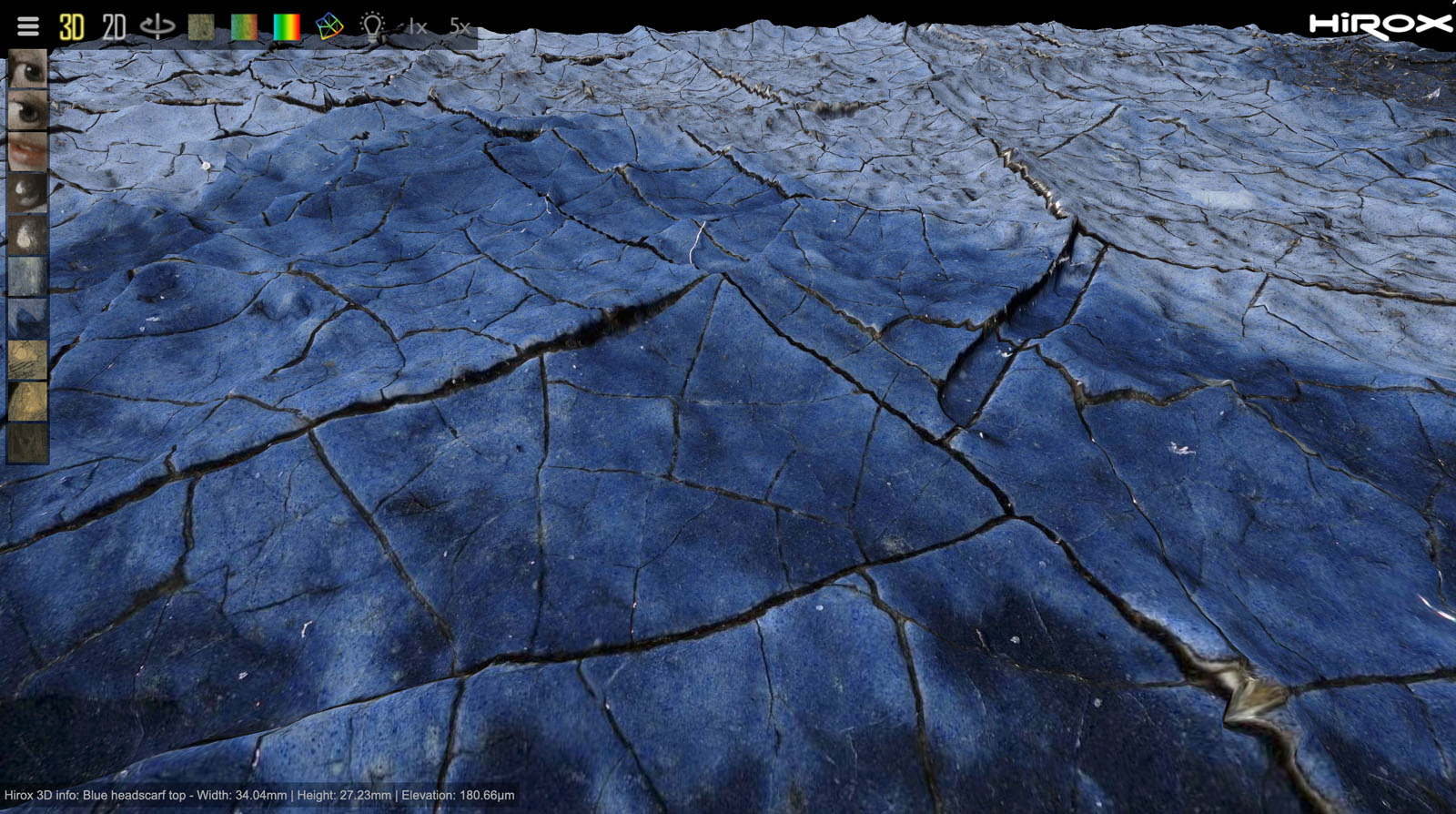
![]()
“You can see and measure paint loss, cracks, and other damages. The goal is to help conservators keep the masterpiece in the best possible state for future generations to enjoy.”
The brilliant 3D scanning technology is not limited to a digital recreation on a two-dimensional display. Thanks to breakthrough advancements in 3D printing technology, Canon has printed a larger-than-life 3D version of paintings like “Girl with a Pearl Earring” that people can get close to and even touch. People can feel lifelike recreations of an artist’s brushstrokes from hundreds of years ago, which is incredible.
![]()
![]()
![]()
![]()
![]()
“Of course, it doesn’t replace the original, but it’s so much better than a flat print! There is a large effort worldwide at the moment to digitalize works of art to keep an accurate record and share it with the public,” Leonhardt says. He even has a life-sized 3D replica of “Girl With a Pearl Earring” that Canon provided hanging in his office.
Alongside the images featured in this article and the behind-the-scenes video Hirox published, the company also has an interactive version of its 108-gigapixel 3D scan on its website. From there, users can swap between 2D and 3D versions and explore the masterpiece in unprecedented detail. It is impossible to convey the interactive scan in this article accurately, so PetaPixel strongly encourages people to check out the scan for themselves.
Image credits: All images provided by Hirox
